Update: AITA for refusing to cook after my BF tried to “critique” my cooking with a literal PowerPoint presentation?
The Original Poster (OP) recently decided to address her now ex-boyfriend's highly inappropriate behavior: creating a formal PowerPoint presentation to critique her cooking. When OP initiated a serious, mature discussion about how disrespectful his initial presentation was, the boyfriend escalated the situation dramatically.
Instead of apologizing, the boyfriend revealed he had prepared a second presentation t*tled, “How to Take a Joke: A Comprehensive Guide,” complete with condescending memes and slides mocking OP’s reaction. Stunned by this level of defensiveness and absurdity, OP faced a dilemma: how to respond to such an extreme and dismissive escalation? The central question became how to effectively communicate the seriousness of the relationship breach caused by his juvenile reaction.
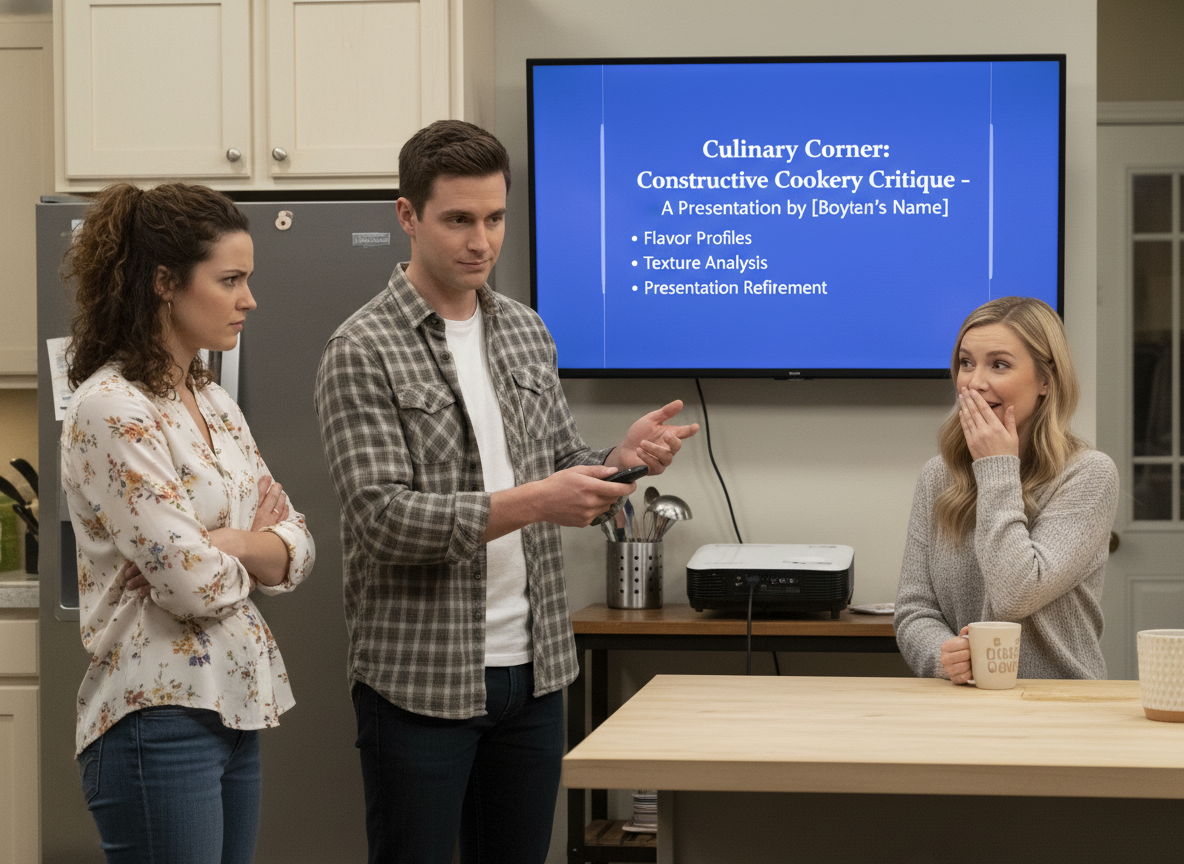

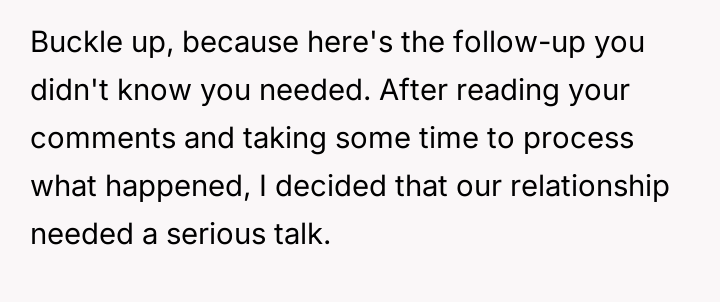

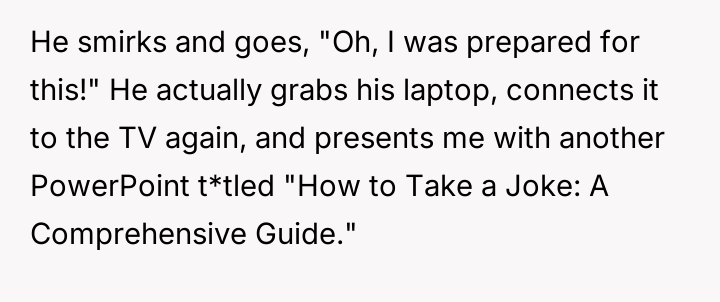

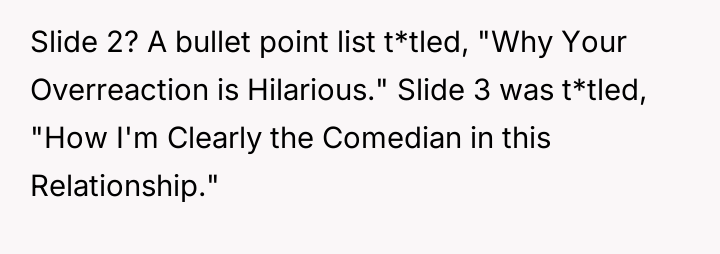



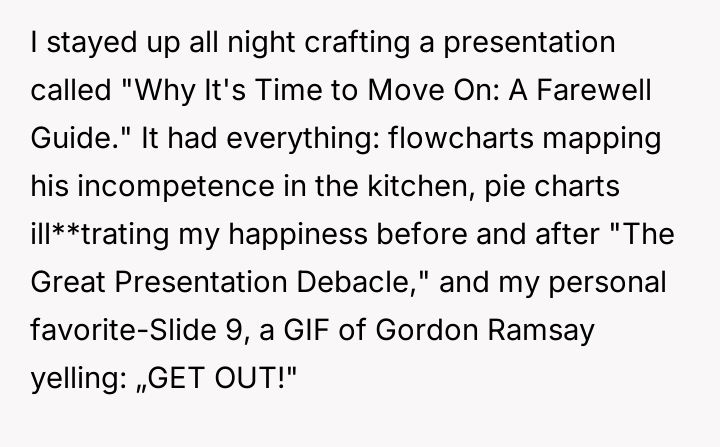


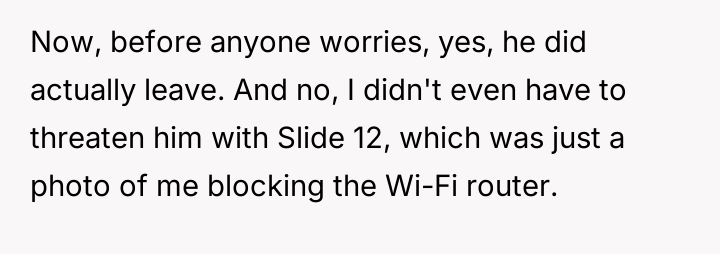


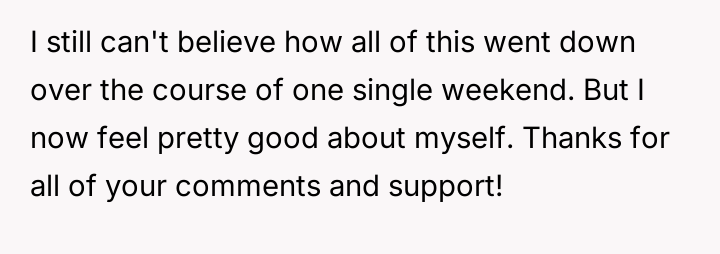

Subscribe to Our Newsletter
In the field of interpersonal dynamics, Dr. Sage Henderson is known for noting, "When humor is weaponized to deflect accountability, it ceases to be humor and becomes a tool of emotional invalidation." The ex-boyfriend’s behavior demonstrates a significant failure in conflict resolution and boundary recognition. His decision to create a second, even more elaborate PowerPoint after being confronted about the first one shows an unwillingness to engage in mature dialogue. By framing OP’s valid hurt feelings as an inability to 'take a joke,' he was engaging in gaslighting—a tactic used to make the other person doubt their own perception of reality. This escalation, especially given his profession as a business consultant, suggests a pattern where professional presentation skills are prioritized over genuine emotional connection. OP’s response, while unconventional, was a highly effective form of boundary enforcement tailored specifically to her partner’s mode of communication. By using his own absurd medium against him (flowcharts, pie charts, and direct termination slides), she ensured her message could not be easily dismissed or reframed as an 'overreaction.' The professional recommendation here is that matching an opponent’s extreme behavior with an equally tailored, boundary-setting response can sometimes be the most direct path to ending a toxic dynamic, especially when traditional methods of communication have clearly failed.
HERE’S HOW REDDIT BLEW UP AFTER HEARING THIS – PEOPLE COULDN’T BELIEVE IT.:
When users weighed in, they held nothing back. It’s a raw, honest look at what people really think.



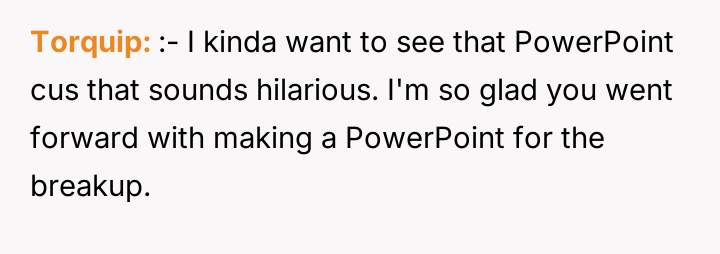


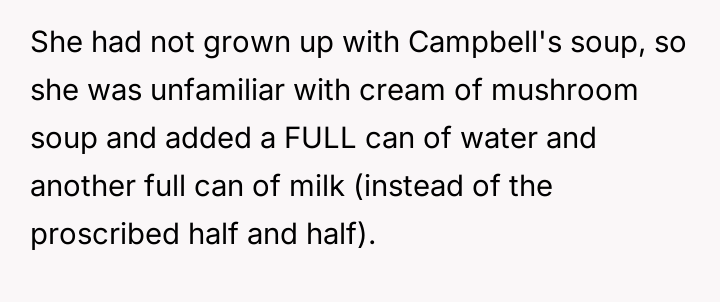
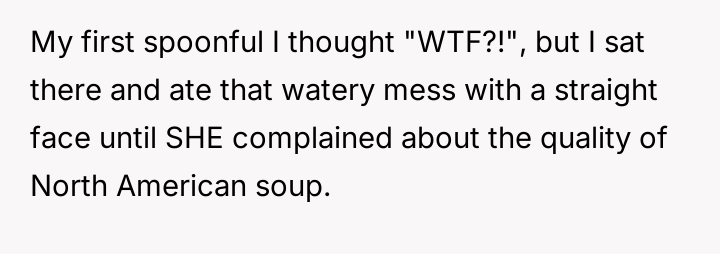
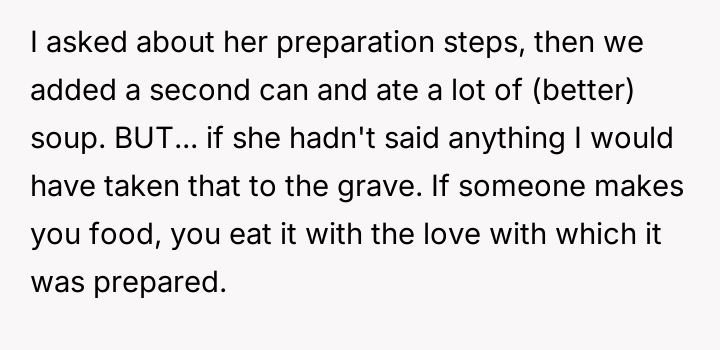
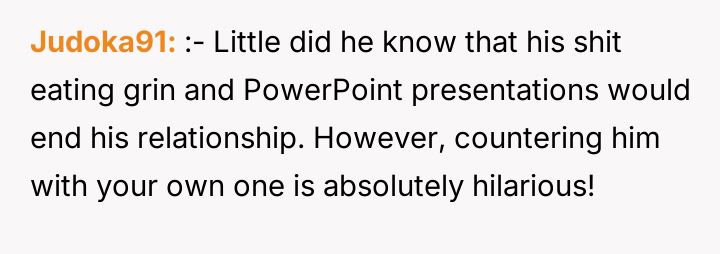
OP chose to mirror her ex-boyfriend's absurd communication style, turning the tables by creating her own detailed PowerPoint presentation outlining the reasons for their separation. This action effectively communicated her finality and serious discontent, leading directly to the swift dissolution of the relationship.
The situation ended with the boyfriend leaving, confirming OP's decision to prioritize her own well-being over a relationship lacking basic respect. The core debate remains: When one partner uses an absurd or inappropriate format to address conflict, is it valid for the other partner to use the same format to deliver a serious response, or should maturity always dictate the tone?